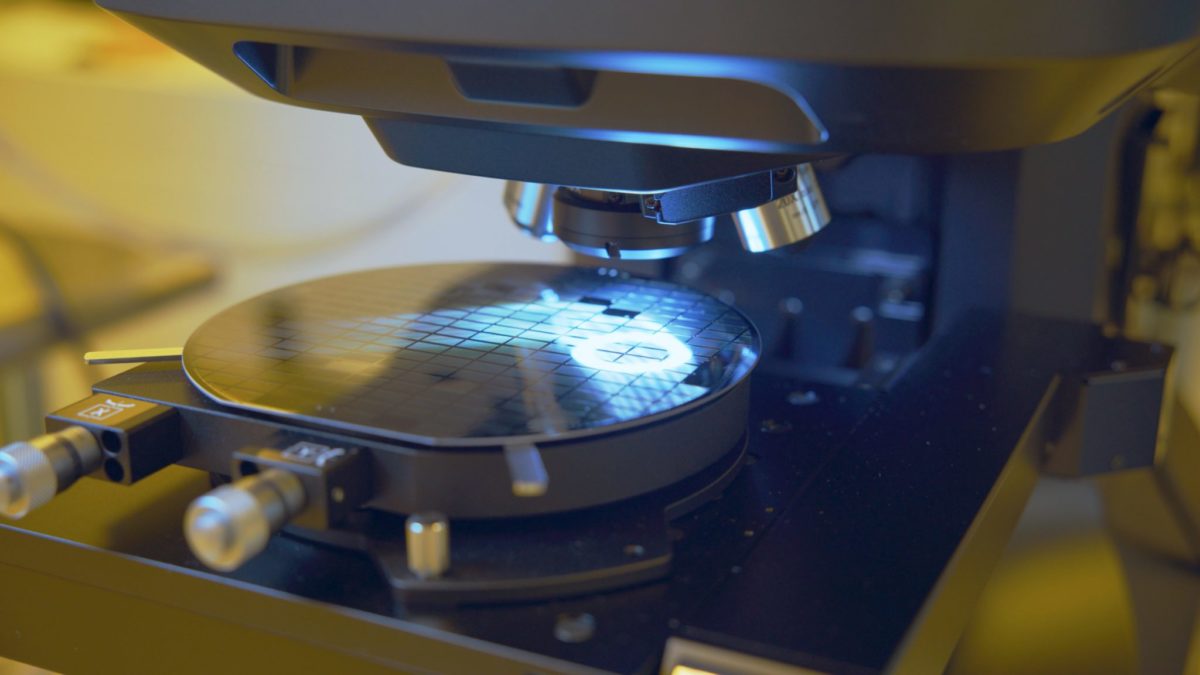From pv magazine International
Antora Energy has started production at its 2 MW thermophotovoltaic cell factory in Sunnyvale, California.
“The cells are based on III-V semiconductors, which have a higher performance than conventional solar cells, and produce 100 times more power than similarly sized devices,” CEO Andrew Ponec told pv magazine. “The cells can convert any source of high temperature heat into electricity and their most important application is for energy storage,” he added referring to thermal energy grid storage (TEGS) consisting of a low-cost, grid-scale energy storage technology that uses TPVs to convert heat to electricity above 2,000 C.
Thermophotovoltaics (TPV) is a power generation technology that uses thermal radiation to generate electricity in photovoltaic cells. A TPV system generally consists of a thermal emitter that can reach high temperatures, near or beyond 1,000 C, and a photovoltaic diode cell that can absorb photons coming from the heat source.
The technology has drawn the interest of scientists for decades, because it is able to capture sunlight in the entire solar spectrum and has the technical potential to beat the Shockley-Queisser limit of traditional photovoltaics. However, the efficiencies reported thus far have been too low to make it commercially viable, as TPV devices still suffer from optical and thermal losses.
“Until now, TPV technology has met neither the efficiency threshold required to compete with traditional heat engines nor the manufacturability threshold required to produce the technology at scale,” said Antora Energy. “Now, Antora has met both of these critical thresholds, demonstrating heat-to-electricity conversion efficiencies greater than 40%, and demonstrating the capability to manufacture TPV at scale.”
The startup said it has secured funding from the California Energy Commission to build the TPV manufacturing line in California in 2021.
“Some of Antora’s earliest funding was provided by the U.S. Department of Energy’s Advanced Research Projects Agency-Energy to develop TPV technology in partnership with the National Renewable Energy Laboratory, Lawrence Berkeley National Laboratory, and Arizona State University,” said the company.
In April, a group of researchers from the Massachusetts Institute of Technology (MIT) and the US Department of Energy’s National Renewable Energy Laboratory (NREL) unveiled a thermophotovoltaic (TPV) cell featuring III–V materials with bandgaps between 1.0 and 1.4 eV. This cell achieved an efficiency of 41.1% operating at a power density of 2.39 W cm–2 and an emitter temperature of 2,400 C. The group presented the device in “Thermophotovoltaic efficiency of 40%,” which was recently published in Nature.
This content is protected by copyright and may not be reused. If you want to cooperate with us and would like to reuse some of our content, please contact: editors@pv-magazine.com.









By submitting this form you agree to pv magazine using your data for the purposes of publishing your comment.
Your personal data will only be disclosed or otherwise transmitted to third parties for the purposes of spam filtering or if this is necessary for technical maintenance of the website. Any other transfer to third parties will not take place unless this is justified on the basis of applicable data protection regulations or if pv magazine is legally obliged to do so.
You may revoke this consent at any time with effect for the future, in which case your personal data will be deleted immediately. Otherwise, your data will be deleted if pv magazine has processed your request or the purpose of data storage is fulfilled.
Further information on data privacy can be found in our Data Protection Policy.